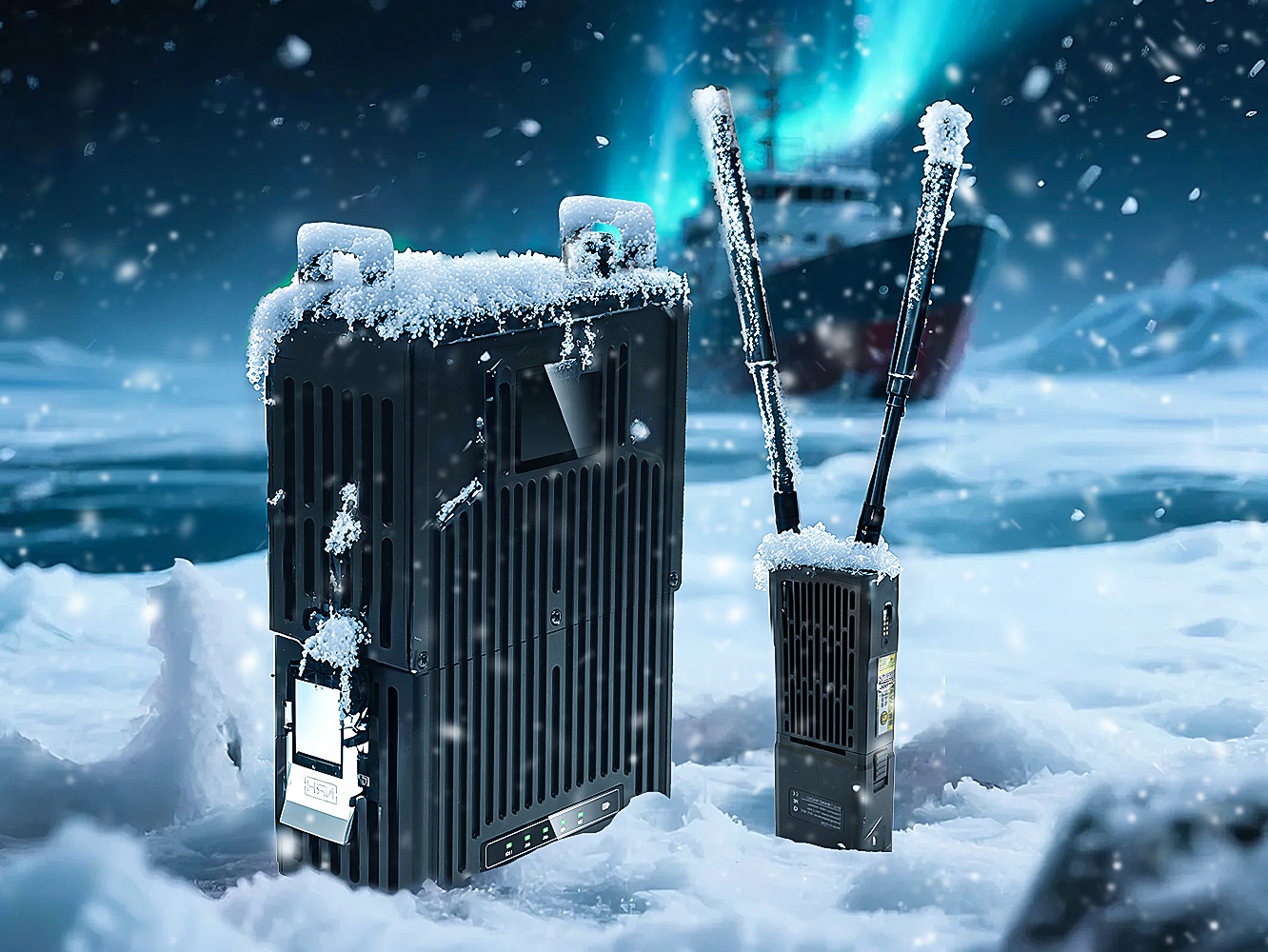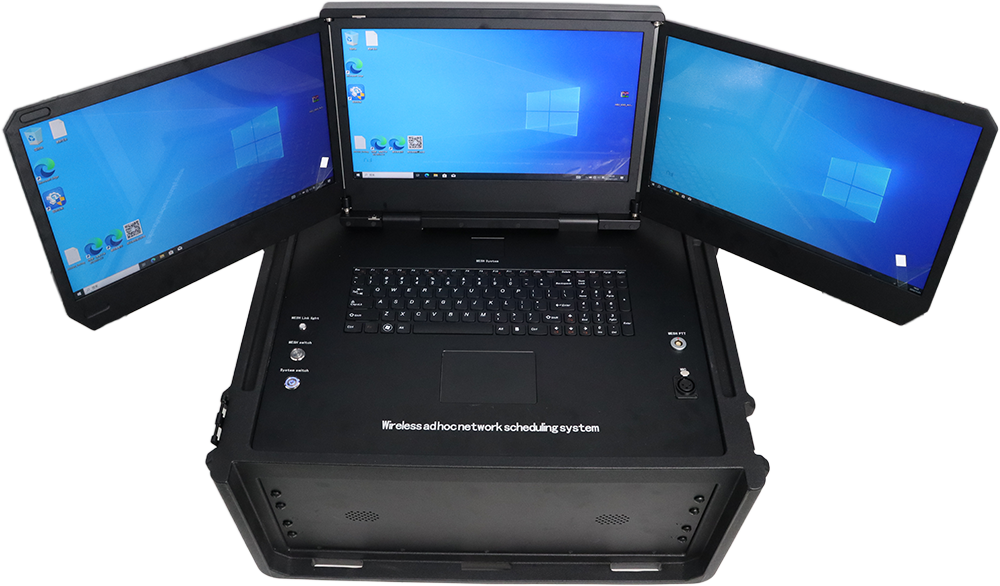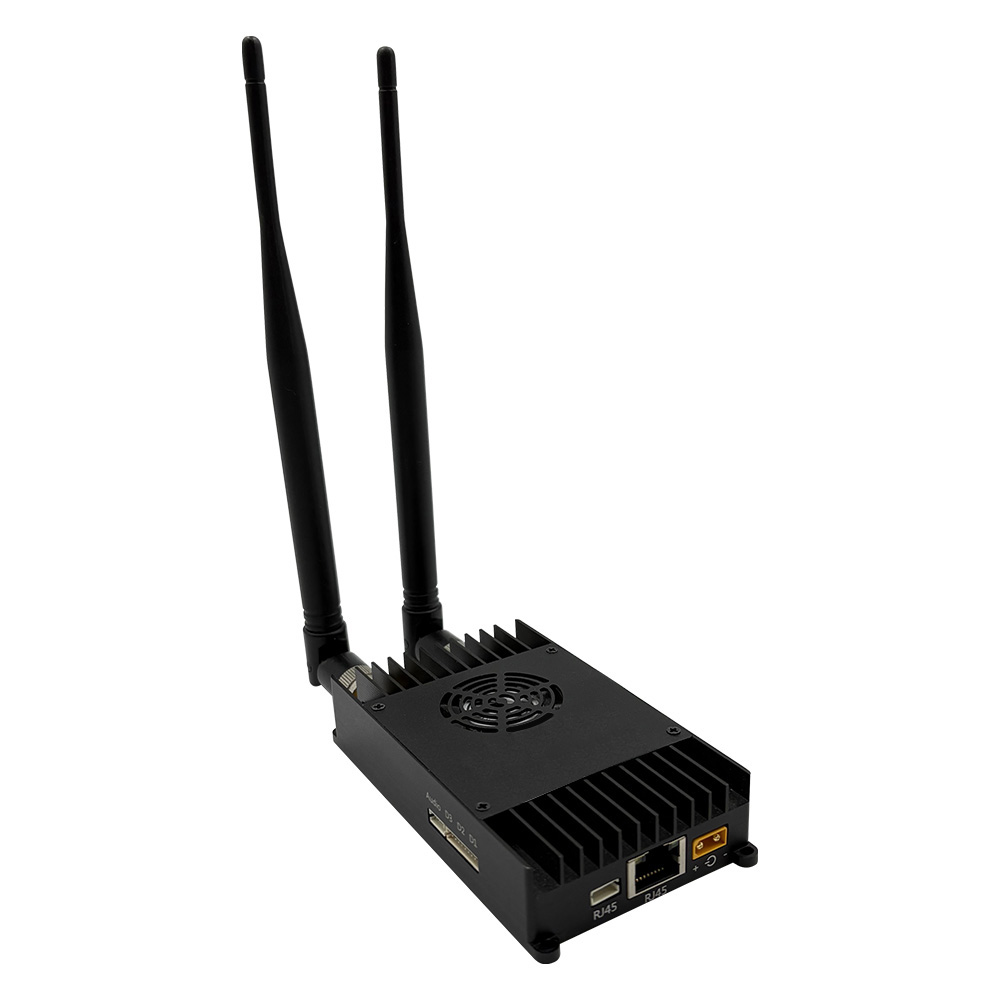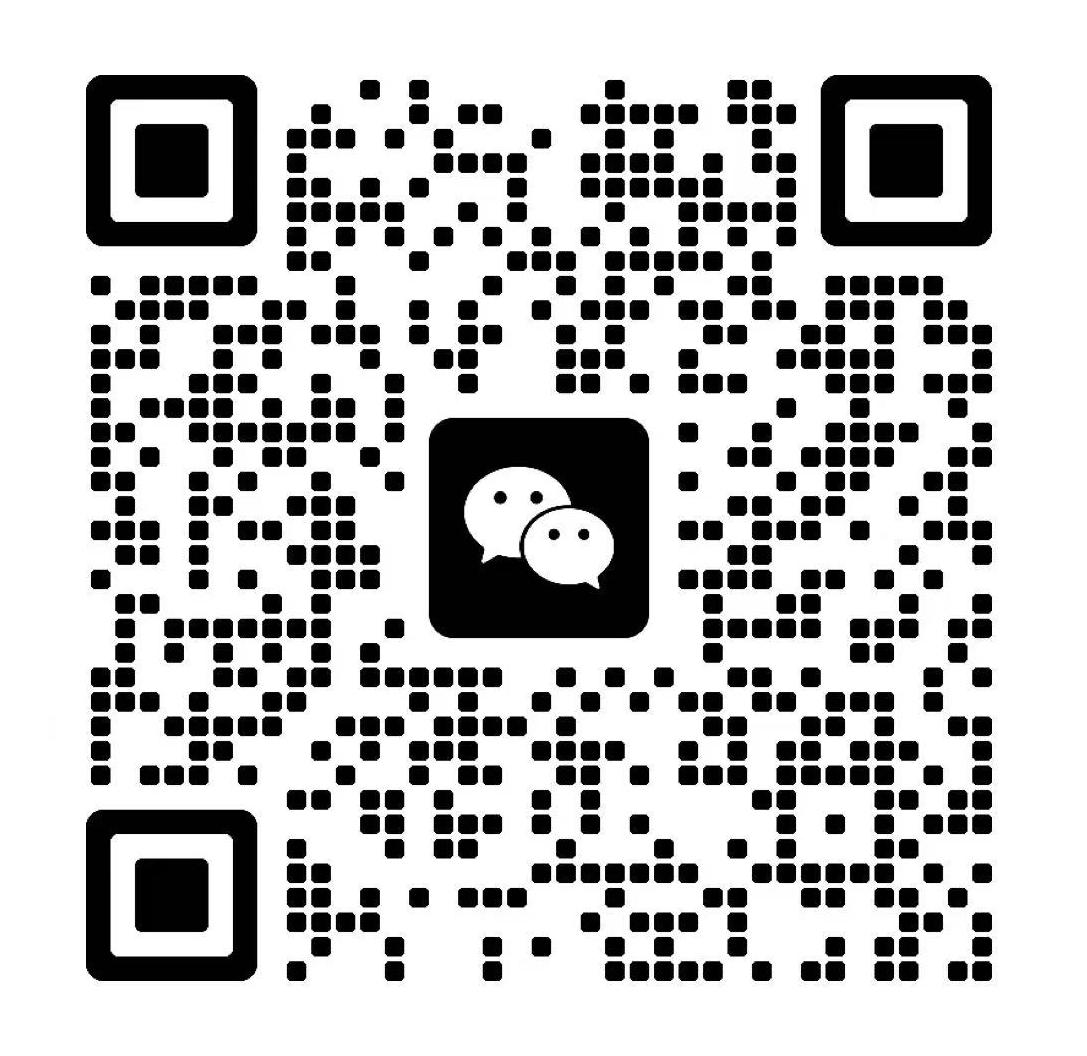What Is an IP Mesh Radio and How Does It Work?
In the modern era of digital transformation, seamless, high-speed, and resilient wireless communication has become a necessity across industries. Whether in defense, broadcasting, emergency response, or industrial automation, traditional radio systems are often limited by line-of-sight range, single-link dependency, and network inflexibility.
This is where IP Mesh Radio technology comes in — an advanced wireless communication system that integrates Internet Protocol (IP) networking with dynamic mesh architecture. It offers real-time, broadband, and self-healing connectivity, ensuring that people, machines, and systems stay connected even in the most demanding and mission-critical environments.

Understanding What an IP Mesh Radio Is
An IP Mesh Radio is a wireless communication device that uses mesh networking principles combined with IP (Internet Protocol) data transmission. Unlike traditional radios that communicate through fixed links or central base stations, IP mesh radios create a decentralized, self-forming, and self-healing wireless network where each device (or node) acts as both a transmitter and receiver.
In essence, every IP mesh radio in the network can send, receive, and relay data to other radios within range — creating a multi-hop communication structure. If one path is blocked or a node goes offline, the system automatically reroutes the data through alternative paths. This redundant and adaptive architecture ensures reliable and uninterrupted connectivity.
What sets IP mesh radios apart is their ability to handle IP-based data — including video, audio, GPS, sensor information, and control signals — making them ideal for modern, data-driven communication systems.
How an IP Mesh Radio Works
The working mechanism of IP Mesh Radios is based on dynamic routing, multi-hop transmission, and real-time data exchange. Here’s how it functions:
1. Self-Forming Network Initialization
When powered on, each IP mesh radio automatically scans for nearby compatible nodes. Once detected, they connect and establish links, forming a self-organized mesh network. This eliminates the need for centralized configuration or base stations.
2. Node-to-Node Communication
Each radio node is capable of sending, receiving, and forwarding packets of IP data. For instance, if a drone equipped with an IP mesh radio transmits live video, the data hops from one node to another until it reaches the ground control center.
3. Dynamic Routing and Self-Healing
IP mesh radios use adaptive routing algorithms that continuously analyze network conditions such as signal strength, node movement, and interference. If one node goes offline or a link becomes weak, the system automatically reroutes data through other available nodes — ensuring uninterrupted communication.
4. Multi-Hop Data Transmission
One of the key strengths of IP mesh networks is their multi-hop capability. Even when two radios are far apart, intermediate nodes can relay data between them, effectively extending coverage over vast distances or around obstacles like buildings and hills.
5. IP-Based Data Handling
Since IP mesh radios use standard Internet Protocol, they can transmit all kinds of digital data — including voice-over-IP (VoIP), live HD video, telemetry, and real-time sensor readings. This allows for full interoperability with existing IP-based systems and devices.
6. Frequency and Bandwidth Management
Most IP mesh radios operate in unlicensed frequency bands such as 2.4GHz and 5.8GHz, or in licensed bands for military and government use. They support adaptive modulation, channel hopping, and Quality of Service (QoS) management to maintain stable performance in congested environments.
Key Features and Advantages of IP Mesh Radios
1. High Reliability and Redundancy
Because there is no single point of failure, IP mesh networks are inherently resilient. If one node fails, others continue to maintain communication, ensuring operational continuity in critical missions.
2. Broadband Transmission
Modern IP mesh radios provide high data throughput, capable of streaming HD video, transferring files, and supporting multiple simultaneous voice channels in real time.
3. Self-Healing and Adaptive Networking
The self-healing nature of IP mesh radios ensures automatic recovery from failures or interference without human intervention — a crucial feature for unpredictable environments like disaster zones or battlefield communication.
4. Scalability and Flexibility
Adding new nodes to an IP mesh network is simple — the system automatically integrates them into the network without reconfiguration. This makes it ideal for expanding surveillance coverage, adding new drones, or extending communication to remote zones.
5. Low Latency and Real-Time Performance
Due to direct peer-to-peer routing and optimized bandwidth allocation, IP mesh radios deliver low-latency communication, which is critical for live video, remote control, and tactical operations.
6. Enhanced Mobility
IP mesh radios can maintain stable connections even when nodes are moving. Whether mounted on vehicles, drones, or personnel, they ensure continuous data transmission during movement.
7. Secure Communication
Many IP mesh radios incorporate AES encryption, secure key management, and authentication protocols to ensure that data remains confidential and tamper-proof — vital for defense, law enforcement, and critical infrastructure.
Real-World Applications of IP Mesh Radios
1. Military and Defense
IP mesh radios are widely deployed in military operations for tactical communication, battlefield surveillance, and coordination between vehicles, UAVs, and soldiers. They deliver encrypted, long-range communication even in GPS-denied or jammed environments.
2. Emergency and Disaster Response
When natural disasters disrupt cellular or satellite networks, IP mesh radios can instantly create ad hoc communication systems for rescue teams — enabling voice, data, and video connectivity in the field.
3. Broadcasting and Live Events
Outdoor broadcasters use IP mesh radios to transmit real-time HD video feeds from cameras to production centers, eliminating the need for heavy cabling and ensuring low-latency video streaming.
4. Public Safety and Law Enforcement
Police, firefighters, and security agencies rely on IP mesh networks for surveillance, coordination, and situational awareness, especially in urban or high-risk zones.
5. Unmanned Systems (UAVs, UGVs, USVs)
IP mesh radios allow drones, ground vehicles, and surface vessels to share live video, telemetry, and command data over long distances with minimal delay.
6. Industrial and IoT Applications
In oil fields, mining sites, and smart cities, IP mesh networks connect sensors, cameras, and control systems — enabling remote monitoring, automation, and data-driven decision-making.
The Future of IP Mesh Communication
The evolution of IP mesh radios is closely tied to 5G, AI-driven networking, and IoT expansion. Future systems are expected to feature higher bandwidth, lower latency, and greater network intelligence through technologies like edge computing, beamforming, and software-defined radios (SDR).
As industries move toward autonomous systems, remote operations, and real-time analytics, IP mesh radios will become a foundational technology — providing secure, adaptive, and scalable wireless infrastructure across sectors.
TuQian — Professional IP Mesh Radio Supplier
TuQian is a trusted supplier and manufacturer specializing in wireless communication and transmission systems, including advanced IP Mesh Radios designed for demanding applications in defense, broadcasting, public safety, and industrial IoT.
Key Features of TuQian IP Mesh Radios:
High-speed IP-based data, voice, and HD video transmission
Self-forming and self-healing mesh networking for mobile environments
Wide frequency options including 2.4GHz, 5.8GHz, and customized bands
Strong encryption and network security for confidential communication
Rugged and field-tested designs for harsh outdoor or tactical use
Seamless integration with UAVs, vehicles, and ground control systems
With innovative R&D and real-world deployment experience, TuQian provides reliable, scalable, and intelligent IP mesh radio solutions that empower customers to build robust wireless networks — anywhere, anytime.
Whether for field operations, disaster recovery, or unmanned systems, TuQian IP Mesh Radios deliver uninterrupted, high-performance communication that connects missions without limits.
-
 2025-09-16
2025-09-16 -

What Is Point to Point and Point to Multipoint Wireless Network?
2025-09-05 -

What Are the Two Types of Microwave Transmission?
2025-08-29 -

Multi-Node MESH Networking: Principles and Real-World Applications
2025-08-18 -

What Is the Difference Between Radio and Microwave Video Transmission?
2025-07-30 -

Unmanned Aerial Vehicle Transmission Equipment Communication Solution
2025-07-24








